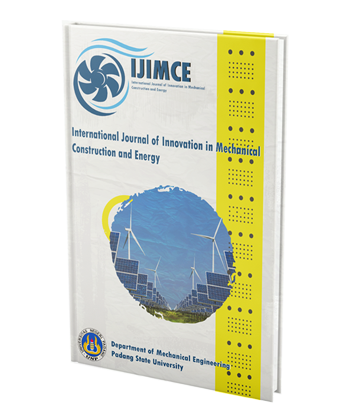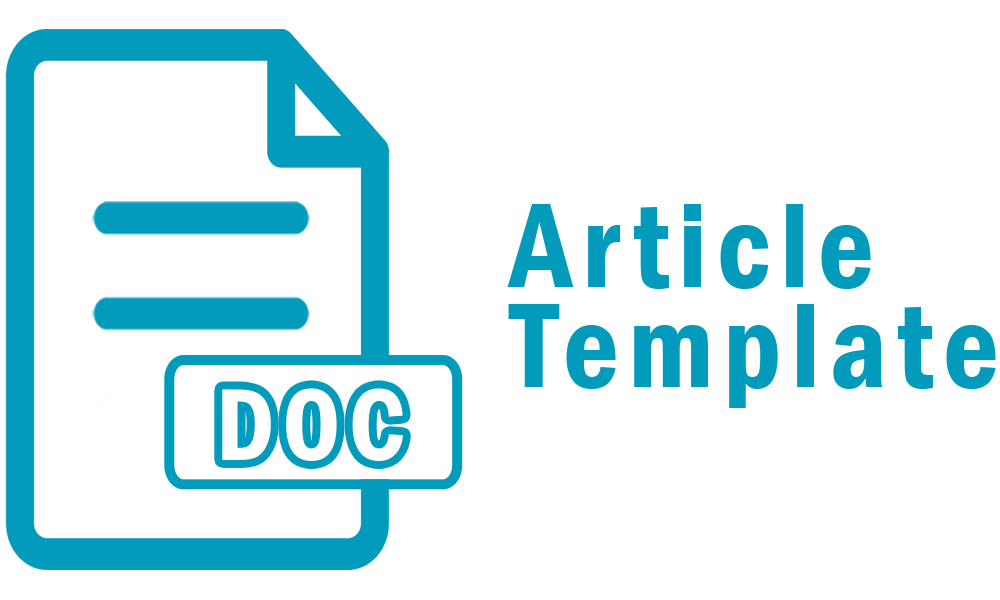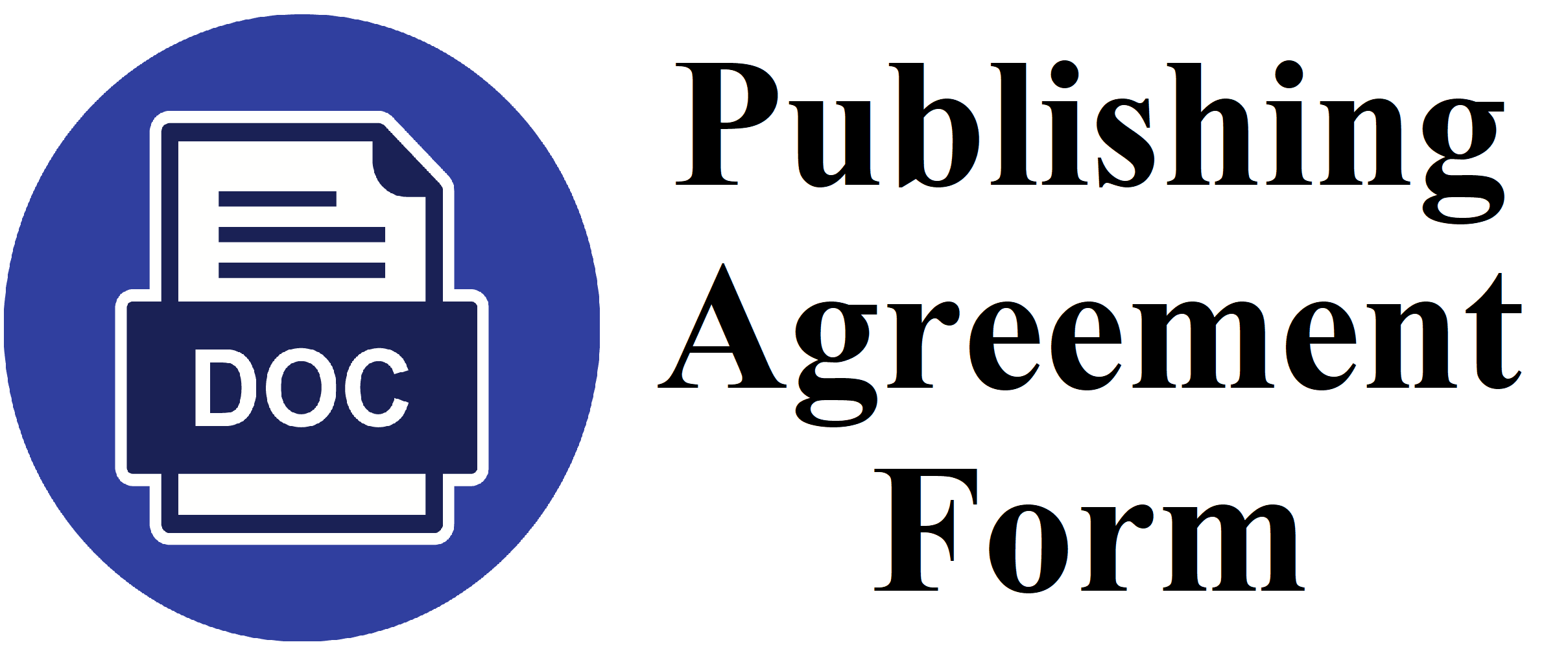Aerodynamic Analysis of NACA 2412 Airfoil on UAV Aircraft Wing Using Ansys Fluent Software
DOI:
https://doi.org/10.24036/ijimce.v1i3.49Keywords:
Aerodynamics, Airfoil, NACA 2412, UAV Wing, ANSYS, CFDAbstract
Technological advances in the era of globalization have increased the demand for unmanned aerial vehicles (UAVs) for various applications, including environmental monitoring, weather research, agriculture, and military needs. The aerodynamic performance of UAVs is highly dependent on wing design, especially airfoils, which play an important role in generating lift and minimizing drag. This research analyzes the aerodynamic performance of the NACA 2412 airfoil on the UAV wing using Computational Fluid Dynamics (CFD) simulation through ANSYS Fluent software. The simulation was conducted with variations in angle of attack and speed to understand the pressure distribution, airflow pattern, and lift (Cl) and drag (Cd) coefficients. The results showed that the optimal angle of attack for the highest Cl/Cd ratio, at 10 m/s and 20 m/s, was 4°, which provided the best aerodynamic efficiency. However, increasing the angle of attack to 20° causes a significant decrease in the Cl/Cd ratio as the drag force increases faster than the lift force, posing a risk of aerodynamic instability. These findings make a significant contribution to designing more efficient and stable UAV wings, supporting the development of more reliable and optimized UAV technologies in the future.
Downloads
References
Romadhon, A., & Herdiana, D. (2017). Analisis Cfd Karakteristik Aerodinamika Pada Sayap Pesawat Lsu-05 Dengan Penambahan Vortex Generator (Analysis of Cfd Aerodynamic Characteristics At the Wing of Aircraft Lsu-05 With the Addition of Vortex Generator). Jurnal Teknologi Dirgantara, 15(1), 45. https://doi.org/10.30536/j.jtd.2017.v15.a2518
Hidayat, R., & Mardiyanto, R. (2016). Pengembangan Sistem Navigasi Otomatis Pada UAV (Unmanned Aerial Vehicle) dengan GPS(Global Positioning System) Waypoint. Jurnal Teknik ITS, 5(2).
Hidayat, K., Rizaldi, A., Septiyana, A., Ramadiansyah, M. L., & Ramadhan, R. A. (2019). Analisis Pemilihan Airfoil Pesawat Terbang Tanpa Awak Lsu-05 Ng dengan Menggunakan Analytical
Hidayat, M. F. (2016). Analisis Aerodinamika Airfoil NACA 0021 Dengan Ansys Fluent. Universitas 17 Agustus 1945 Jakarta, 10(2), 83–92.
Singh, J., Singh, J., Singh, A., Rana, A., & Dahiya, A. (2015). Study of NACA 4412 and Selig 1223 airfoils through computational fluid dynamics. International Journal of Mechanical Engineering, 2(6), 17–21. https://doi.org/10.14445/23488360/ijme-v2i6p104
Hetyei, C., Molnar, I., & Szlivka, F. (2020). Comparing different CFD software with NACA 2412 airfoil. Progress in Agricultural Engineering Sciences, 16(1), 25–40. https://doi.org/10.1556/446.2020.00004
Pane, M. (2023). Nama penulis (cambria 11 italyc) 190 | VANOS. VANOS Journal Of Mechanical Engineering Education, 8(2). http://jurnal.untirta.ac.id/index.php/vanos
Saepuddin, A., Chandra Permadi, L., & Heru Adiwibowo, P. (2023). ANALISIS KEKUATAN TABUNG GAS LPG KAPASITAS 12 KG BERBAHAN CAST CARBON STEEL MENGGUNAKAN METODE ELEMEN HINGGA. In Technology, Education And Mechanical Engineering (Vol. 4, Issue 1).
Selvanose, S. M., Marimuthu, S., Awan, A. W., & Daniel, K. (2024). NACA 2412 Drag Reduction Using V-Shaped Riblets. Eng, 5(2), 944–957. https://doi.org/10.3390/eng5020051
Novianti, R. D., Hariyadi, S., Putro, S., & Pambudiyatno, N. (n.d.). ANALISIS AERODINAMIKA PENGGUNAAN PLAIN FLAP PADA AIRFOIL NACA 2412. https://ejournal.poltekbangsby.ac.id/index.ph
Karudin, A., Sharma, J. K., Leni, D., Abbas, M. R., & Adriansyah, A. (2024). The Influence of External Cooling Load on the Distribution of Temperature and Humidity in Conditioned Spaces. IJIMCE: International Journal of Innovation in Mechanical Construction and Energy, 1(1), 1-10.
Downloads
Published
How to Cite
Issue
Section
License
Copyright (c) 2024 muhammad robby, Arwizet Karudin, Refdinal, Yolli Fernanda

This work is licensed under a Creative Commons Attribution-ShareAlike 4.0 International License.




